The Ten Days of Awe: A Time for Reflection and Renewal
The period between Rosh Hashanah and Yom Kippur is known as the Ten Days of Awe (Aseret Yemei Teshuvah). These ten days are among the most sacred in the Jewish calendar — a time for deep reflection, repentance, and the pursuit of self-improvement.
What Are the Ten Days of Awe?
Timing: Beginning with Rosh Hashanah and culminating on Yom Kippur.Focus: A period dedicated to teshuvah (returning to God and to one’s best self), prayer, and acts of charity. It is an opportunity to examine one’s life, seek forgiveness, and embrace change.
Themes and Practices
Reflection: Reviewing the past year, acknowledging mistakes, and identifying areas for growth.Repentance: Sincerely seeking forgiveness — both from God and from those we may have hurt.Tzedakah (Charity): Performing acts of kindness and generosity, which are believed to help secure a favourable judgment.Prayer and Intention: Participating in synagogue services, reciting special prayers, and setting spiritual intentions for the year ahead.
A Spiritual Bridge
The Ten Days of Awe serve as a bridge between the call of Rosh Hashanah and the atonement of Yom Kippur:
Rosh Hashanah awakens us to reflect and take stock of our lives.The Ten Days of Awe give us the time and space to repair relationships and align our actions with our values.Yom Kippur concludes the journey with atonement, cleansing, and renewal of the spirit.
Why They Matter
These days remind us that our choices matter. They call us to introspection and transformation, teaching that change is possible and that the year ahead can be embraced with clarity, humility, and hope.
The Ten Days of Awe are a sacred invitation: a pause in time to reflect, repair, and renew — preparing us for the spiritual cleansing and new beginnings of Yom Kippur.


